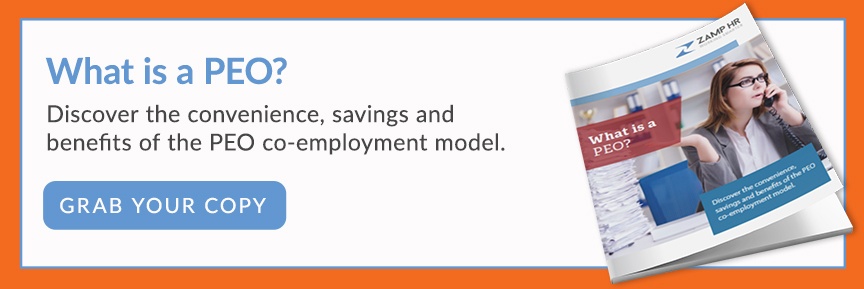Providing employee benefits is key to keeping your team members happy and preventing them from leaving your company. The Society for Human Resource Management (SHRM) found that 56 percent of U.S. employees who responded in a survey claimed that employer-sponsored health benefits factored heavily into the decision of staying in their current job.
What Is Employee Turnover?
Employee turnover, or a business's employee turnover rate, is the loss of employees over a specific period of time. Many companies measure the total number of employees who leave their organization, but not all turnover is bad.
Voluntary turnover refers to any employee departure that an employee actively chooses, such as resignation, retirement, or job transfers. In contrast, involuntary turnover typically refers to employee departures initiated by management such as termination, forced transfers, and layoffs.
What Is the Problem with High Turnover Rates?
You know the importance of turnover, but the impact that high turnover rates can have on your company might even be bigger than you think. Having a revolving door of employees hurts employee morale. It's difficult to build a strong company culture or promote teamwork when team members are continuously leaving to go elsewhere.
Additionally, high turnover rates have a direct impact on your company's revenue and profitability. Depending on the industry, the loss of an employee comes with a wide range of costs such as expenses related to hiring new employees, additional costs for onboarding and training, lost sales, and decreased productivity.
Why Do Employee Benefits Reduce Turnover?
On a broad level, benefits can dramatically reduce employee turnover because a good benefits package offers advantages for everyone in your company, regardless of their seniority, age, or career level.
When you provide something for everyone, you indirectly increase employee engagement. For example, employees with great health and wellness benefits have overall better levels of well-being, which translates into happier employees who want to engage with their work. Additionally, good benefits packages do not have a lot of out-of-pocket costs that create financial stress for employees.
Disengaged and stressed out employees look for other work. Providing a great employee benefits package promotes engagement, reduces stress, and prevents your team from searching for another job.
Which Employee Benefits Reduce Turnover?
Providing the right mix of no-cost benefits, low-cost benefits, and essential benefits is crucial to increasing employee retention and reducing turnover.
No-Cost Benefits
Increasing benefits for your employees does not always have to cost you money. You can offer things like flex time, no dress code, or casual Fridays. Wellness programs can help employees quit smoking, eat better, improve their mental health, and increase their well-being.
Low-Cost Benefits
Some benefits you provide can really show your team how much you care for them and appreciate their hard work, and they cost very little. For example, you can arrange employee discounts at local retail and dining establishments. You can also provide free snacks, meals, or beverages in your break room or kitchen.
Essential Benefits
Excluding certain benefits are typically deal-breakers that hurt your employee turnover rate. Additionally, the law requires you to provide certain benefits under the Affordable Care Act (ACA) if you have more than 50 employees. Your benefits packages should always include:
- Health Insurance
- Vision and Dental Insurance
- Short and Long-term Disability Insurance
- Some type of retirement plan, such as a pension or 401K
How Can HR Outsourcing Reduce Benefits Costs?
Many businesses want to provide better benefits packages but worry about costs. Some small businesses simply cannot afford to pay more. HR outsourcing is the key to getting the best benefits packages at the lowest rates.
Professional Employer Organizations (PEOs) partner with multiple businesses and through economies of scale are able to negotiate far better rates with insurance and benefits providers. When you partner with a PEO, you can lower the cost of health insurance and other benefits, allowing you to provide the best package for your employees.
Reducing high employee turnover not only benefits employee morale, but it positively impacts your bottom line. You don't have to spend as much on attracting, hiring, and onboarding talent, your employees will be more productive, and your customers will be happier.
When you provide a strong mix of no-cost, low-cost, and essential benefits, your employees have access to the resources and tools they need to succeed inside and outside the workplace. Happy employees are engaged employees who remain loyal to their employer.



